Comparison of Regional Soybean Basis in Iowa
Author
Published
11/26/2025
Soybean basis data can often give us a glimpse into current market dynamics and help with marketing decisions. Factors like transportation and storage costs, along with local supply and demand factors influence the variation of basis levels. While the United States has shifted its place in the global soybean market with the expansion of domestic demand following the rise of biodiesel and the demand for soybean meal, global demand, particularly from the largest importer of U.S. soybeans, has been fluctuating year-over-year.
Soybean exports to China, the largest purchasers of U.S. soybeans, were essentially zero as the most recent marketing year closed out and fall harvest started. While U.S. soybean exports are typically not high in the final months leading up harvest and new marketing year, the previous marketing year and the 5-year average indicate that we typically see some exports this time of year and increasing into the U.S. fall harvest months (Figure 1).
A new trade agreement between the United States and China was announced at the end of October in which China committed to purchase 12 million MT (440.9 million bushels) of soybeans from the United States this year and purchase an additional 25 million MT (918.6 million bushels) each year through 2028.
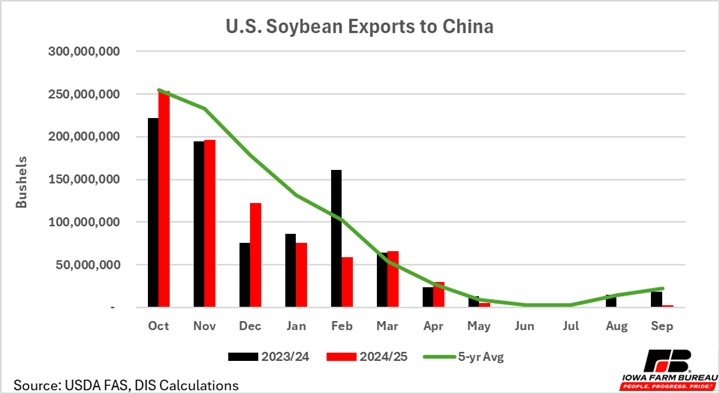
Figure 1. U.S. Soybean Exports to China by Marketing Year
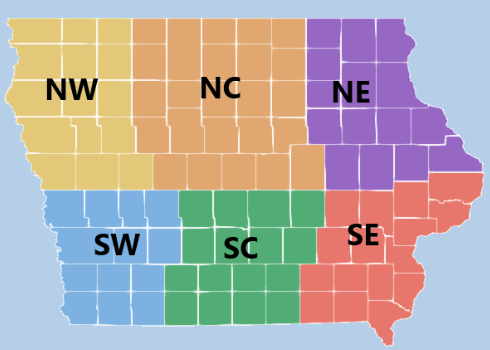
Figure 2. Iowa Reporting Districts
Iowa Department of Agriculture and Land Stewardship (IDALS) reports the average regional basis levels for each region. The state of Iowa consists of six different reporting districts, outlined in Figure 2.
Figures 3-8 illustrate basis levels for the last 25 years relative to the state average. Note that for all reporting districts, positive basis levels are above the state average and negative basis levels are below the state average. Regions that have grain available for export markets at a lower costs tend to have more favorable basis levels compared to other districts that are farther from major transportation corridors. However, factors like high barge rates on the Mississippi River (typically due to low water levels on the river) can also pressure basis levels.
Typically, the Southeast region (Figure 8) has more favorable basis given their proximity to the Mississippi River, a major waterway used for transporting soybeans for export via barge transport. Notice that basis levels for 2025 in the Southeast region, which typically has the strongest basis, were weaker relative to the statewide average indicating to farmers that there may be benefits to putting beans in storage, despite limited space concerns. This is the first time since 2004 that SE Iowa soybean basis has been below the state average basis. The decline in exports for 2025, likely explains a more unfavorable basis in regions that capitalize on barge movement of soybeans.
Regions not in close proximity to major transportation routes, like the Mississippi River, are typically more dependent on storage, either on farm or off farm, contributing to additional costs and demand at domestic processing plants for impacts on soybean basis. The Northcentral district is an outlier in which soybean basis levels have steadily weakened over time and have only seen a few years since 2000 with strengthening basis (less negative) levels relative to the Iowa state average (Figure 4).
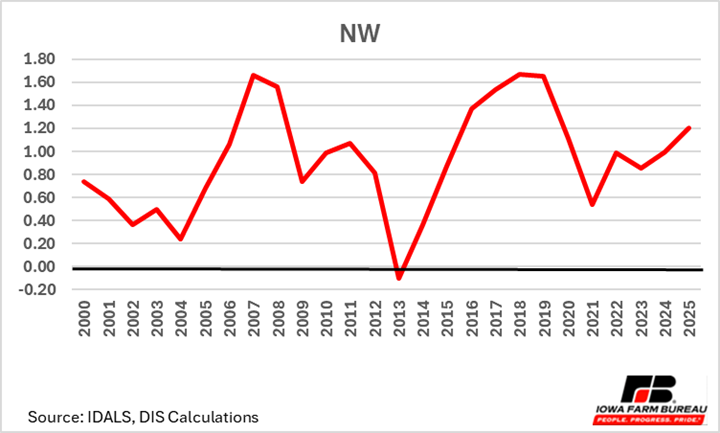
Figure 3. NW Region Soybean Basis - Iowa

Figure 4. NC Region Soybean Basis - Iowa

Figure 5. NE Region Soybean Basis - Iowa
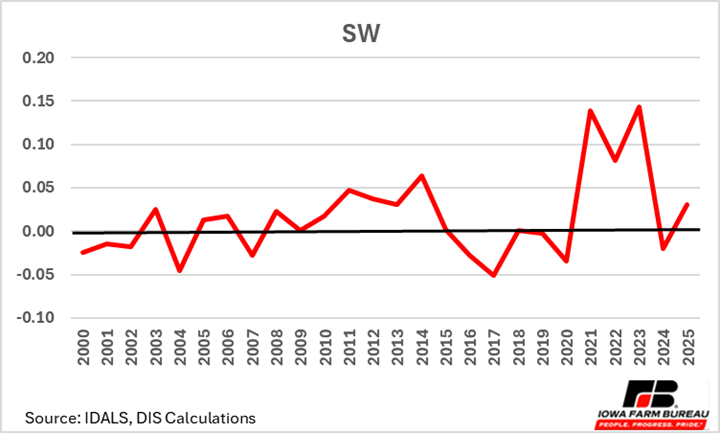
Figure 6. SW Region Soybean Basis - Iowa
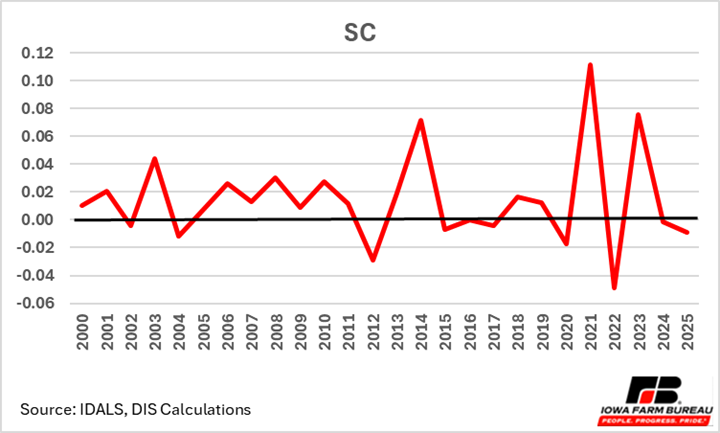
Figure 7. SC Region Soybean Basis - Iowa
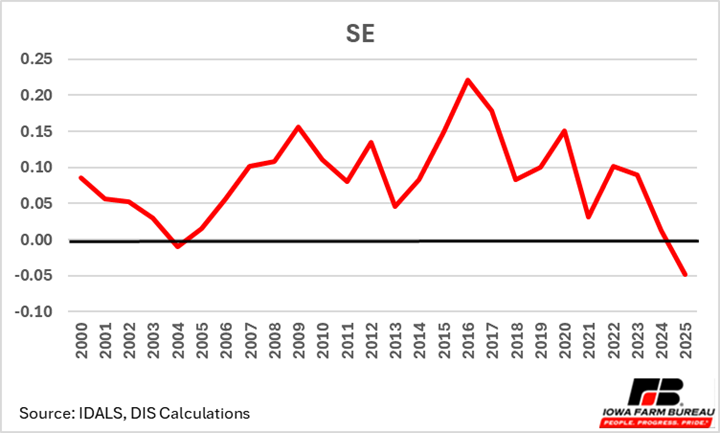
Figure 8. SE Region Soybean Basis – Iowa
Figure 9 illustrates annual average soybean basis by reporting district from 2000 to 2025. Soybean basis levels have been quite volatile over the last 25 years. Over time, basis levels ranged from just above zero (2013) to almost $0.90/bushel (2007).

Figure 9. Annual Average Soybean Basis by District
Want more news on this topic? Farm Bureau members may subscribe for a free email news service, featuring the farm and rural topics that interest them most!